Chen T, Knicely D, Grams M. Diagnóstico e Tratamento de doença renal crônica: Uma revisão. Revista JAMA. 2019;322(13):1294–304.
Google Scholar
Sarnak MJ, Levey AS, Schoolwerth AC,…
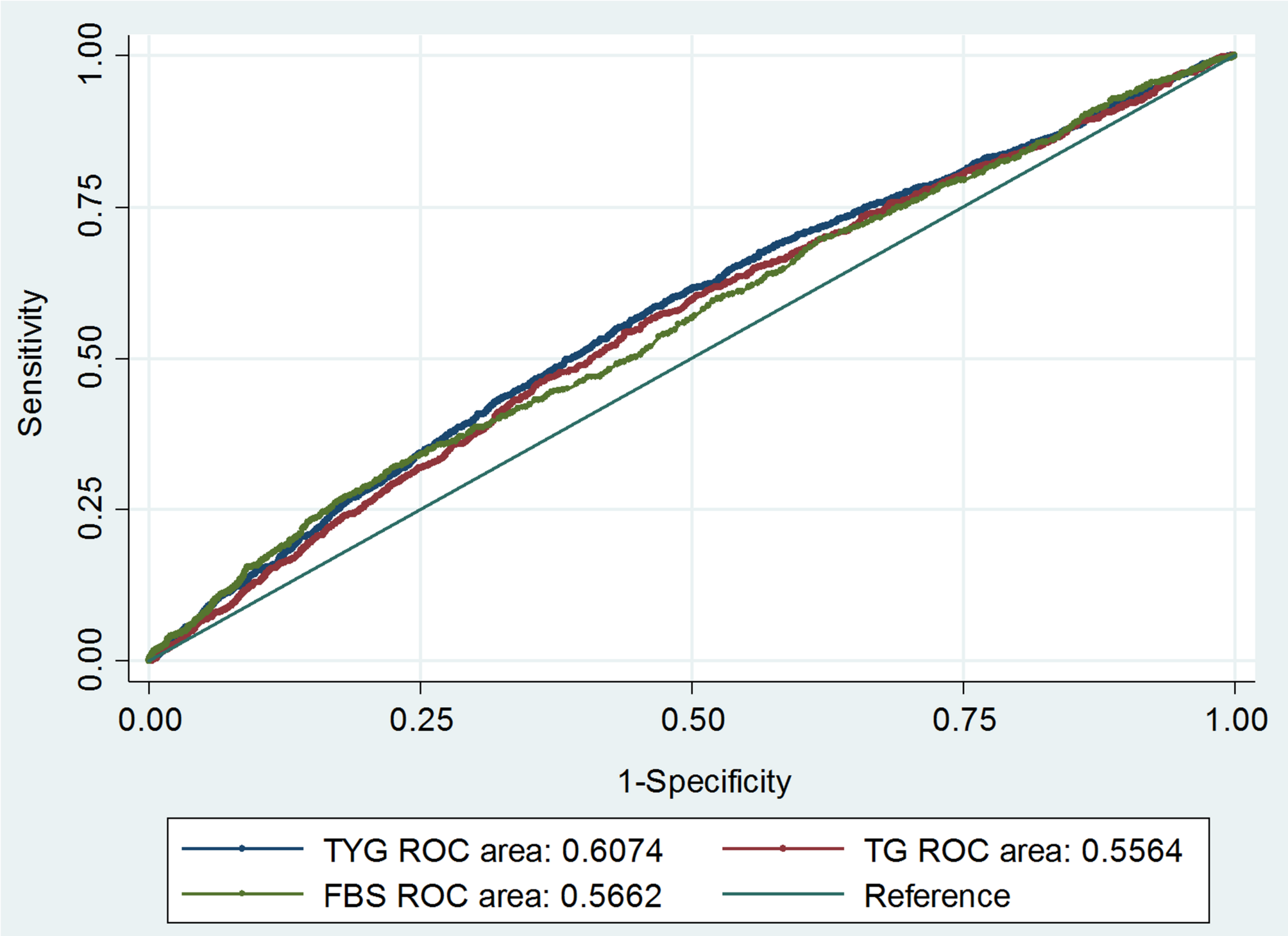
Chen T, Knicely D, Grams M. Diagnóstico e Tratamento de doença renal crônica: Uma revisão. Revista JAMA. 2019;322(13):1294–304.
Google Scholar
Sarnak MJ, Levey AS, Schoolwerth AC,…

A day of strong sunlight can spoil more than just a beach outing — it can also harm the process of photosynthesis, the way plants and other organisms convert sunlight into energy. Underwater, however, certain algae have evolved a unique way to…
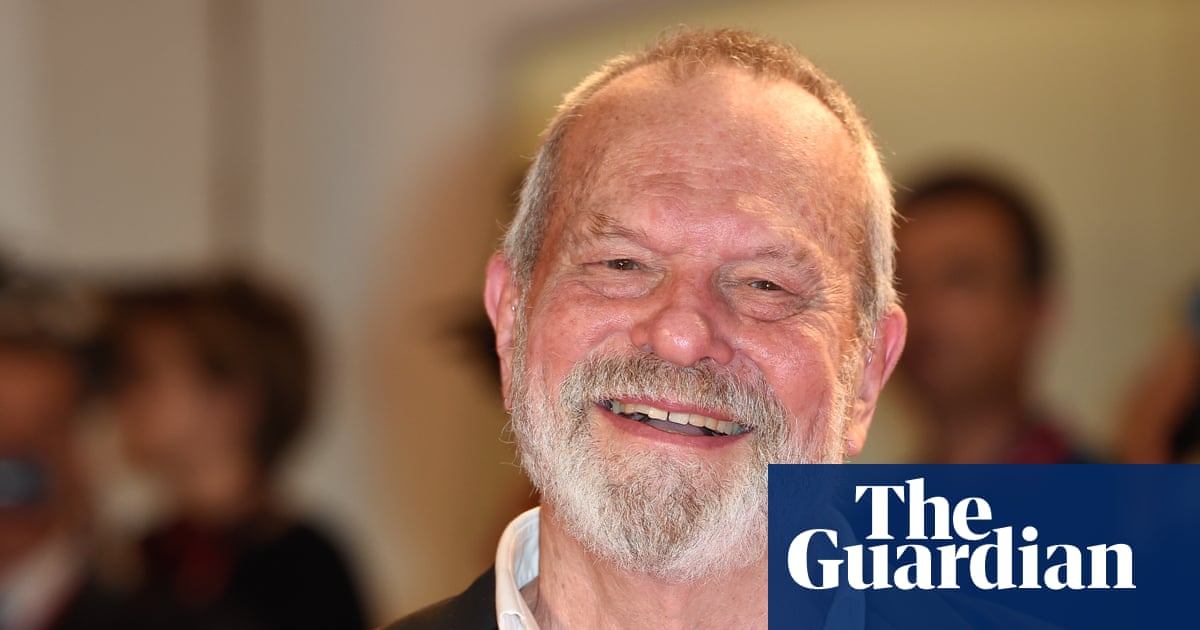
Terry Gilliam has done a lot of things in the past 50 years: he’s been a cartoonist, animator, writer, artist, actor, opera director, title sequence designer. But we can safely say that directing films has been his main calling, and where the…
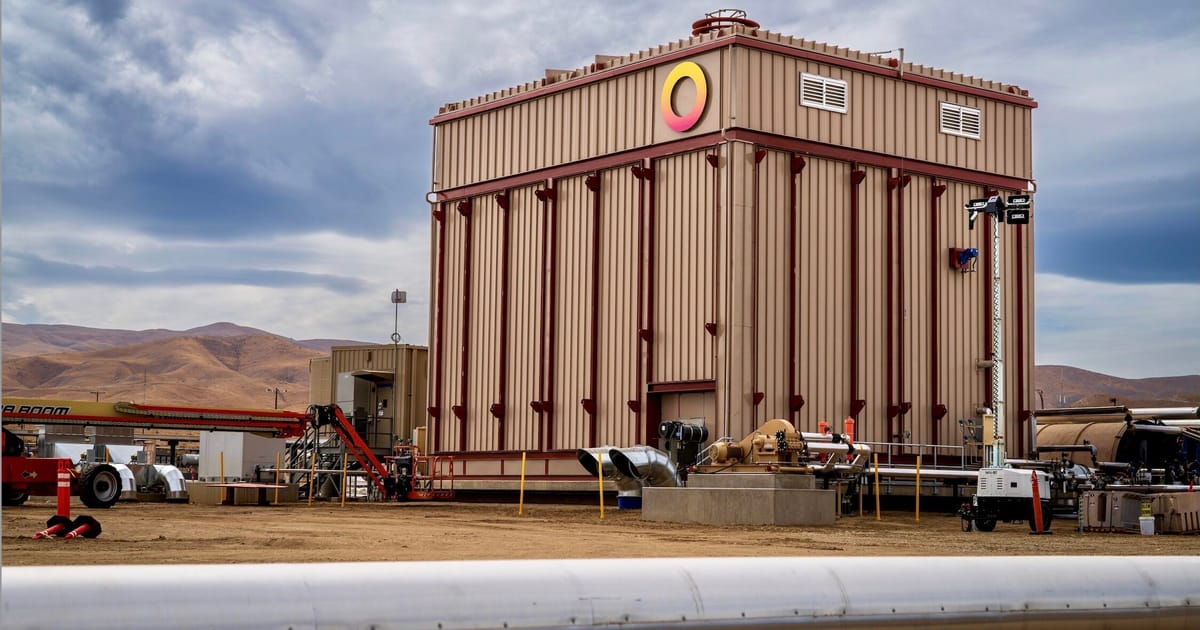
Thermal energy storage systems, which turn electricity into heat that can be tapped for hours or days at a time, could help decarbonize the production of everything from cement to beer.
But in the U.S., where the economics of replacing fossil fuels with electricity remain challenging, thermal-battery startup Rondo Energy has found its first industrial-scale opportunity in a more controversial place: the oil fields of California.
Last week, the San Francisco Bay Area-based firm announced the start of commercial operations for its first 100-megawatt-hour “heat battery,” located at a Holmes Western Oil Corp. facility in Kern County, the heart of the Central California oil patch.
The installation is housed in what looks like a four-story prefabricated office building. Inside sits a massive stack of refractory bricks, which are heated to temperatures of more than 1,000 degrees Celsius (1,832 degrees Fahrenheit) by an adjoining 20-megawatt solar array. That heat is tapped to generate steam that is injected into oil wells to increase production — a job previously done by a fossil-gas-fired boiler.
The project is something of a Faustian bargain. It will reduce carbon dioxide emissions by about 13,000 metric tons per year, said John O’Donnell, Rondo’s cofounder and chief innovation officer. But, of course, those reductions are in service of bringing more planet-warming fossil fuels to market.
Rondo’s argument for pursuing this application is twofold. For one, fossil fuels will be in use for decades to come, and so we might as well reduce emissions from the sector where we can. Second, thermal-storage startups need paying customers in order to scale up their technology, which could prove necessary to minimize pollution from a host of hard-to-decarbonize sectors.
“We’ve got to decarbonize the world the way it is right now,” O’Donnell told Canary Media in a Thursday call from the Washington, D.C., hotel hosting the annual summit of the Renewable Thermal Collaborative, a coalition of organizations working to cut emissions from heating and cooling. “And because California is kind of an island unto itself, we see this opportunity to make a very big impact in the state.”
Those companies haven’t said if they plan to continue work on those projects absent federal funding, and O’Donnell declined to comment on their prospects. “We are ready to work with them when they’re ready to go,” he said.
“Transitioning the world’s industrial economy to clean is going to take a minute — and by a minute, I mean multiple decades,” said Blaine Collison, executive director of the Renewable Thermal Collaborative. “This is a big shift that has to happen at a lot of discrete points. There are tens of thousands, hundreds of thousands of facilities that have to be addressed.”
Rondo’s first 2-megawatt-hour pilot-scale heat battery started operating two years ago at a California ethanol-production facility. But that served more as a “constructability test” for the company’s technology than as a full-scale proof point for commercial viability, O’Donnell said.
Rondo’s Kern County battery, meanwhile, is its first major installation, though it has several others in the works across Europe. It’s building similar heat batteries at a chemicals plant in Germany, a green industrial park in Denmark, and an undisclosed food-and-beverage processing facility in Spain or Portugal.
The market for Rondo’s tech is stronger in Europe, where companies pay much higher prices for fossil gas and face sizeable fees and taxes on their greenhouse gas emissions, O’Donnell said. In the U.S., by contrast, fossil gas is cheap, and only a handful of states impose costs on industrial carbon emissions.
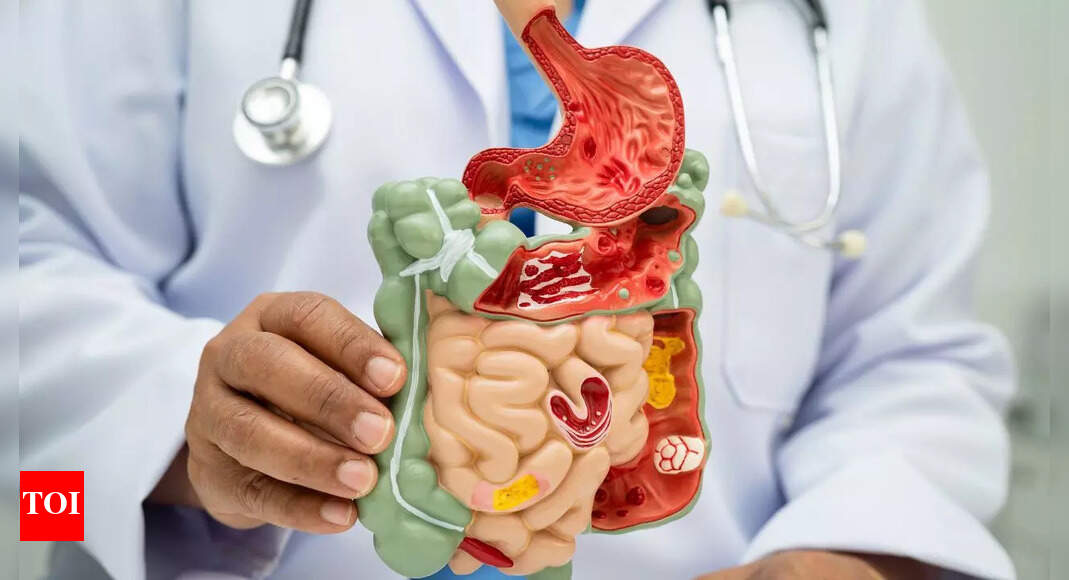
Our gut does far more than digest food. It communicates with the brain, influences mood, and even shapes immunity. Recent studies in nutritional science have shown that what we eat, how we eat, and when we eat can directly impact the trillions…
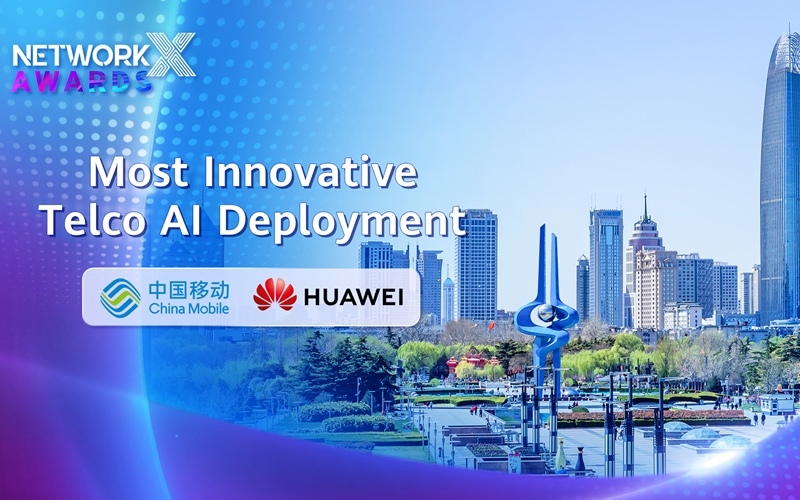
[Paris, France, October 22, 2025] At the annual Network X awards ceremony, China Mobile Shandong and Huawei were honored with the “Most Innovative Telco AI Deployment” award for their co-developed Intelligent Network Change Management Platform (INCMP). The platform stood out for its pioneering simulation technology and deep integration with real-world practices, showcasing the partners’ extraordinary collaboration and remarkable achievement in network digitalization and setting a new benchmark for intelligent transformation in global network services.
Network X is a global event in the communications industry, convening leading operators, innovators, and decision makers. Its awards celebrate groundbreaking achievements across the sector, honoring the projects that redefine the industry’s future and also guiding the industry’s continued growth.
China Mobile Shandong, Huawei Win “Most Innovative Telco AI Deployment” at Network X
China Mobile Shandong operates an IP network serving over 100 million users in Shandong province across mobile Internet, home broadband, enterprise private lines, and IPTV services. As the network expands and service complexity increases, managing configuration changes has become increasingly challenging. Since 2024, the company has executed over 1,500 network changes. Traditional manual configuration verification, which relies heavily on human experience, is prone to errors and omissions, posing risks to network reliability and stability.
To address these challenges, China Mobile Shandong partnered with Huawei to integrate Huawei’s next-generation Centralized Model-Operation Simulation (CMOS) algorithm from iMaster NCE into the INCMP. Together, they built a “zero-error” autonomous network, delivering three major improvements:
Operation statistics have confirmed the platform’s remarkable improvements: major incidents have been prevented, network migration efficiency has improved by nearly 60%, and user complaints have dropped to near zero. China Mobile Shandong has also incorporated the change simulation pass rate into the operation workflows of several critical network change scenarios, driving the province-wide standardization of network operations and maintenance.
At present, the INCMP covers over 1,000 network devices, and supports configuration change verification for tens of millions of home broadband users and millions of enterprise and government clients. It is now the most extensively deployed communication network simulation system in Shandong province.
This deployment has significantly boosted the network change success rate and ensured high continuity and availability of network operations, laying a solid foundation for China Mobile Shandong’s journey toward Level 4 autonomous networks. It also marks a major milestone in the company’s digital transformation and offers a replicable model for the broader communications industry.

Sparked by a cross-country move to a new training centre, where he works with former U.S. national training centre head coach Syque Caesar, a London 2012 Olympian, Whittenburg has seemingly turned back the clock.
The transition was jarring at…

Yifan Wu,1,2,* Jiayi Sheng,1,* Xinwei Liu,1,2 Yongneng Huang,1,2 Yuwei Zhang,1,3 Ninghan Feng1,2
1Department of Urology, Jiangnan University Medical Center, Wuxi, Jiangsu Province, People’s Republic of China; 2Wuxi School of Medicine,…
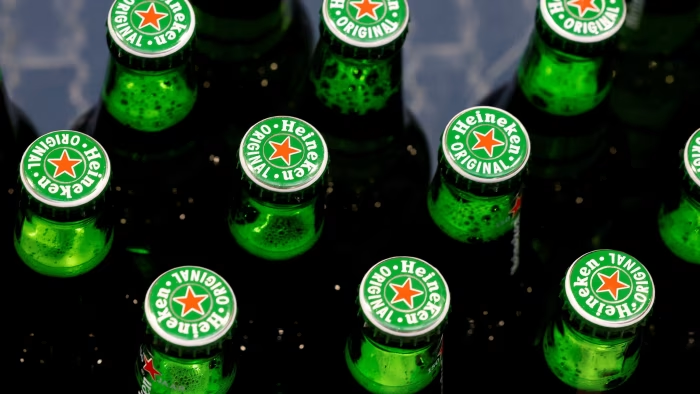
Unlock the Editor’s Digest for free
Roula Khalaf, Editor of the FT, selects her favourite stories in this weekly newsletter.
Heineken reported a significant drop in beer sales in the third quarter on the back of a “challenging” quarter in which economic volatility weighed on consumer sentiment.
The volume of beer the Dutch brewing giant sold in the three months to September fell 4.3 per cent, a deeper decline than the previous quarter, driven by weakening consumer demand and “trade uncertainties” in North and South America, and continued slow growth in Europe.
It also warned annual profits would be at the lower end of its forecast range of 4 to 8 per cent.
“Macroeconomic volatility persisted as anticipated and became more pronounced in the third quarter, creating a challenging environment, resulting in a mixed performance,” said chief executive Dolf van den Brink.
Brewing majors AB InBev and Carlsberg, which report next week, are also forecast to announce falling beer sales, as consumers around the world cut back on spending.
Heineken, which brews Amstel, Birra Moretti and Cruzcampo, said revenues fell 1.4 per cent on an organic basis to €8.7bn, although net revenue fell 0.3 per cent to €7.3bn, a lower than expected decline.
The brewer’s results come ahead of its capital markets day on Thursday, when the company is expected to present a plan to reboot its faltering sales.
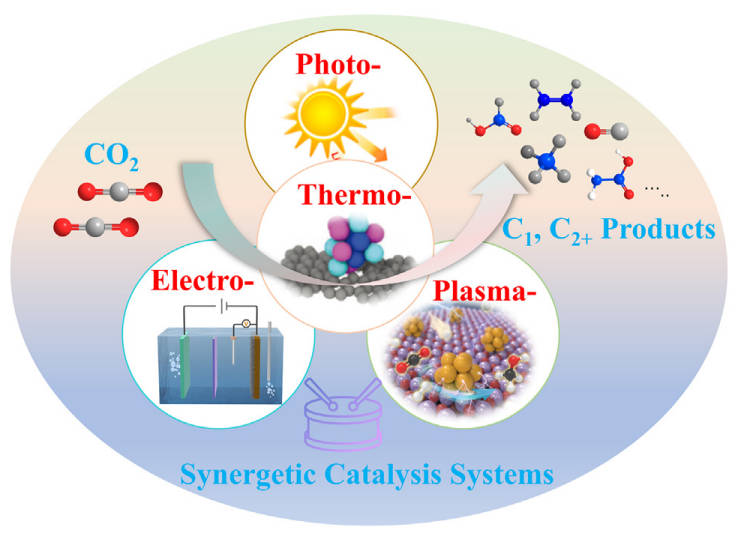
KNOXVILLE, TN, October 22, 2025 /24-7PressRelease/ — Converting carbon dioxide into fuels and chemicals using renewable energy is a promising route to reduce greenhouse gas emissions and recycle carbon. Yet the stability of CO2 molecules makes…